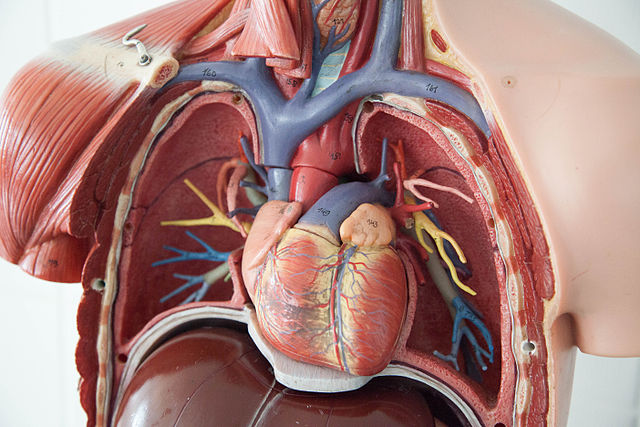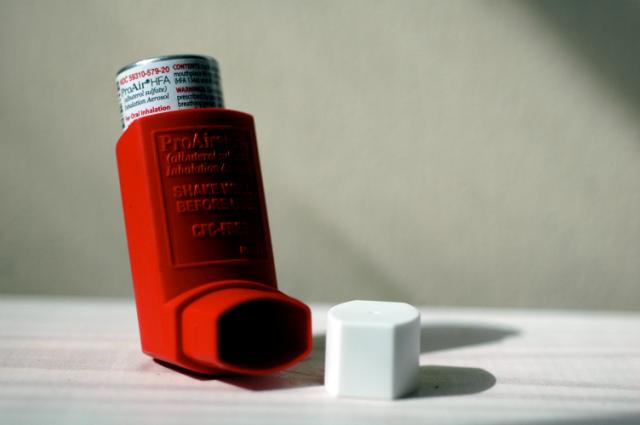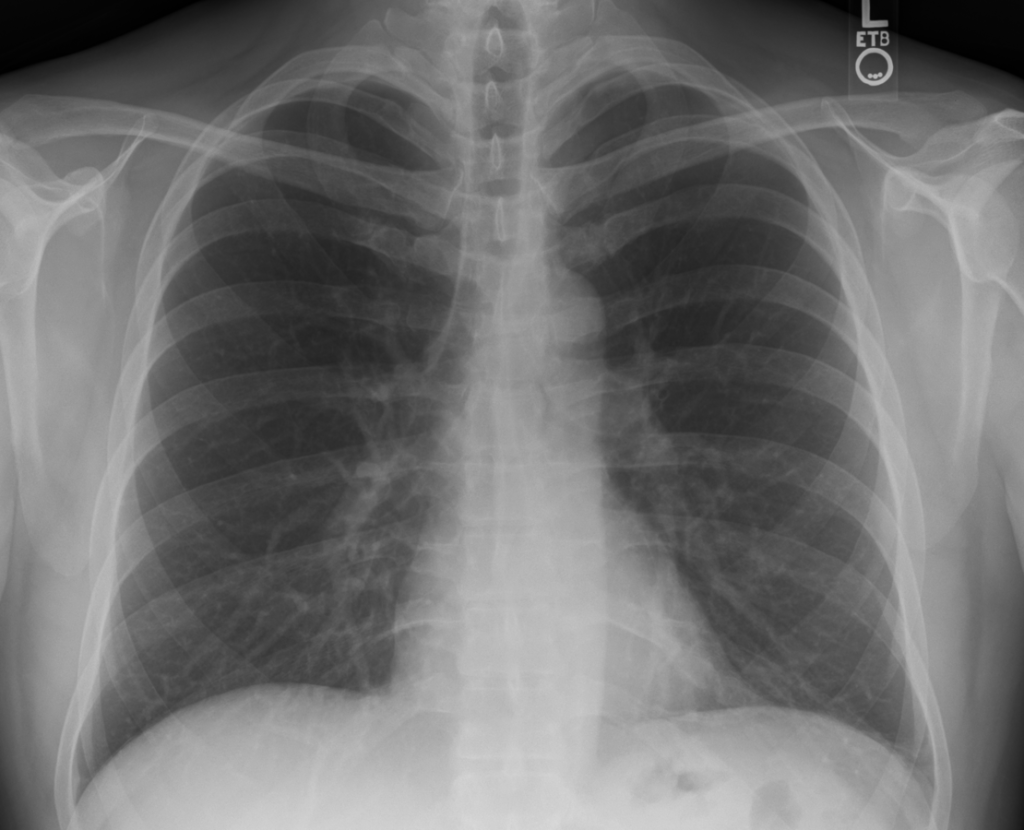Chest pain is one of the most common medical problems in the world right now. Today, I want to talk about it in more detail. I’ve listed some information that should help you understand chest pain a lot better:
Diagnosing Chest Pain
Naturally, the first thing you should do is get this problem looked at. Chest pain can be a really confusing health issue. The reason for this is because there are so many different causes. These causes can vary in severity, and also in how you feel the pain. Sometimes, it helps if you have a good idea of your chest pain before you see a doctor. This can make their job easier, and they’ll find it easier to diagnose you and get you the right treatment. Otherwise, they’ll be starting from scratch, and it could take a lot longer than it needs to.
So, I’ve listed some of the main types of chest pain down below, and some symptoms to look out for:
Heart Problems
Often, chest pain can be caused by problems with your heart. These types of problem are very serious, and you should seek medical attention right away. There are two common heart problems that often lead to chest pain. The first of which is pain brought on from angina. This is a problem where the blood supply to your heart is restricted. Typically, this occurs due to problems with our arteries. It’s likely that this pain is the result of physical activities or prolonged stress. Also, if you’ve previously been diagnosed with this condition, then there’s a chance you can experience this pain quite often. The pain you feel is like a heavy tightness in the chest, giving off a dull ache too. It’s also common for this pain to spread into your back, neck, and left arm. If you’re experiencing this type of pain, go to your doctor and tell them you think you have angina. They can run some quick tests and confirm this issue for you. The chest pain usually only lasts for a few minutes every time it comes around. So, if you have persistent chest pain throughout the day, then this probably isn’t the cause.
The other common heart problem is one everyone fears, a heart attack. This occurs when your blood supply is suddenly prevented from reaching the heart. Without a blood supply, your heart can undergo serious damage. It’s a medical problem that can be extremely dangerous, and potentially fatal too. One of the early warning signs of a heart attack is chest pain. It feels like your chest is being pushed down on by something, and the pain spreads to nearby areas. If this is coupled with shortness of breath and a tingling in your arm, then you need immediate medical attention. You, or someone close by, must call an ambulance right away to get the support you need. Naturally, this chest pain is very sudden and abrupt. If you’ve been experiencing chest pain for awhile, then it’s safe to assume this isn’t the cause.
The easiest way to determine if your chest pain stems from heart problems is to think about where the pain originates. If it’s in the heart region of your chest, then there’s a chance it’s the cause. If not, then it could be one of these other issues.
Lung Problems
Many people with chest pain will find that the cause is a lung problem. There are many lung conditions that can cause varying degrees of chest pain. At the furthest end of the scale, you have pneumonia. This is where your lungs become inflamed and swollen, thanks to an infection. Chest pain is often a telltale sign of this infection. Especially when coupled with a persistent cough and breathing difficulties. Typically, this chest pain gets worse when you cough or breath. You should feel the pain right in the middle of your chest too. Additionally, your heartbeat can increase, and you will get a high fever. If you have all of these symptoms, see a doctor ASAP. They can check if you have pneumonia, and get you on antibiotics to sort it out. This type of chest pain can occur gradually over a few days.
One of the biggest other lung problems is something known as popcorn lung. This is a condition that’s in the spotlight as of yet. Typically, people get this when they inhale diacetyl, a substance used to give things a popcorn flavor. The substance damage the lining of the lungs, leading to a disease that’s irreversible. People with this problem often experience persistent chest pain and tightness. Your chest can feel constantly tight, and you experience pain when coughing. The reason it’s in the spotlight is that e-cigarettes often contain diacetyl. So, there’s a big worry it’s causing popcorn lung in user. You can learn more from Vaporesence if you want to know further details. If your chest pain is accompanied by night sweats, fatigue, and wheezing, this could be the cause.
Perhaps the most common lung condition is asthma. Asthma sufferers will often complain of consistent pain in their chest. Some describe the feeling like an incredible tightness, almost like someone is tying something around their chest. Other key symptoms include persistent coughing and wheezing. If you have an asthma cough, then you’ll know it’s different from a normal one. It’s very much a chesty cough, and you feel pain in your chest/throat after. If you do any physical activity or exercise and feel breathless, this could also be a sign of asthma. Diagnosing this problem can be difficult for any doctor, as there is no real ‘asthma test.’ My advice is to see a doctor if you experience tight chest pain for some weeks. At the very least, they can check your chest and get you to do a few breathing tests. Then, they may give you an inhaler to see if that settles your symptoms. If you have chest pain that doesn’t seem to go away, then there’s a good chance it can be asthma related.
Chest pain that’s linked to lung problems can be hard to diagnose. This is because the symptoms can often be very similar. What I will say is that it’s easy to figure out if your chest pain is linked to a lung condition. The pain you feel will often be coupled with tightness, and increased when coughing or breathing. Plus, it can come along gradually, and stay for quite some time too.
Muscle Or Bone Issues
The final chest pain I’ll talk about is related to your muscles/bones. Usually, I find these are the easiest to diagnose. Muscle pains can come along very abruptly. Normally, you’ll feel the pain after doing something. This includes lifting heavy weights in the gym or overstretching to reach something. The pain is often very sharp, and there can be visible signs too. If there is redness & swelling, it could mean a torn pectoral muscle. If your chest is sore when you touch it, it’s almost certainly a muscle injury. In general, these injuries can go away within days, depending on severity. A proper pectoral tear may take weeks or months to heal properly. Rest, along with hot & cold therapy, will help you heal up.
If it’s not a muscle problem, it may be a bone one. Cracked ribs are often the source of a lot of chest pain. Again, you may see some visible signs such as bruising and swelling. Also, if your rib feels sore when you touch it, then there could be a problem. Go and see a doctor and get a scan of your chest to see if there are any bone issues. This will show you if there are any breaks, and you can get started on recovery. Rest is usually the only way you will recover from a bone injury.
These two types of chest pain are very easy to differentiate from the rest. All of the other problems are caused internally. So, the chest pain you experience feels like it’s coming from inside your chest. Whereas, with muscle & bone issues, the pain feels closer to the surface. And, it’s more visible, and you feel the pain when you move/touch your chest.
Fighting Chest Pain
Once your chest pain is diagnosed, you want to start fighting it. In a lot of cases, it can be an easy task. Muscle & bone related pain can be fought with something as simple as rest. For some other chest pain, the fight is a lot harder. There are lung issues that might never go away, like asthma and popcorn lung. In these cases, your best bet is to do what your doctor tells you. Avoid smoking and doing things that exacerbate the problem. And, use an inhaler to help clear your lungs and get rid of the tightness in your chest.
Similarly, with heart problems, you may be stuck with them your whole life. What you need to do is make changes to your lifestyle to keep your heart healthy. Do and eat things that encourage blood flow to the heart, to help prevent chest pain from happening.
Hopefully, this article has helped you understand more about chest pain. I’ve shown many causes and spoken about how you can deal with it. If you have chest pain, get it see to as soon as possible.












Comments are closed.